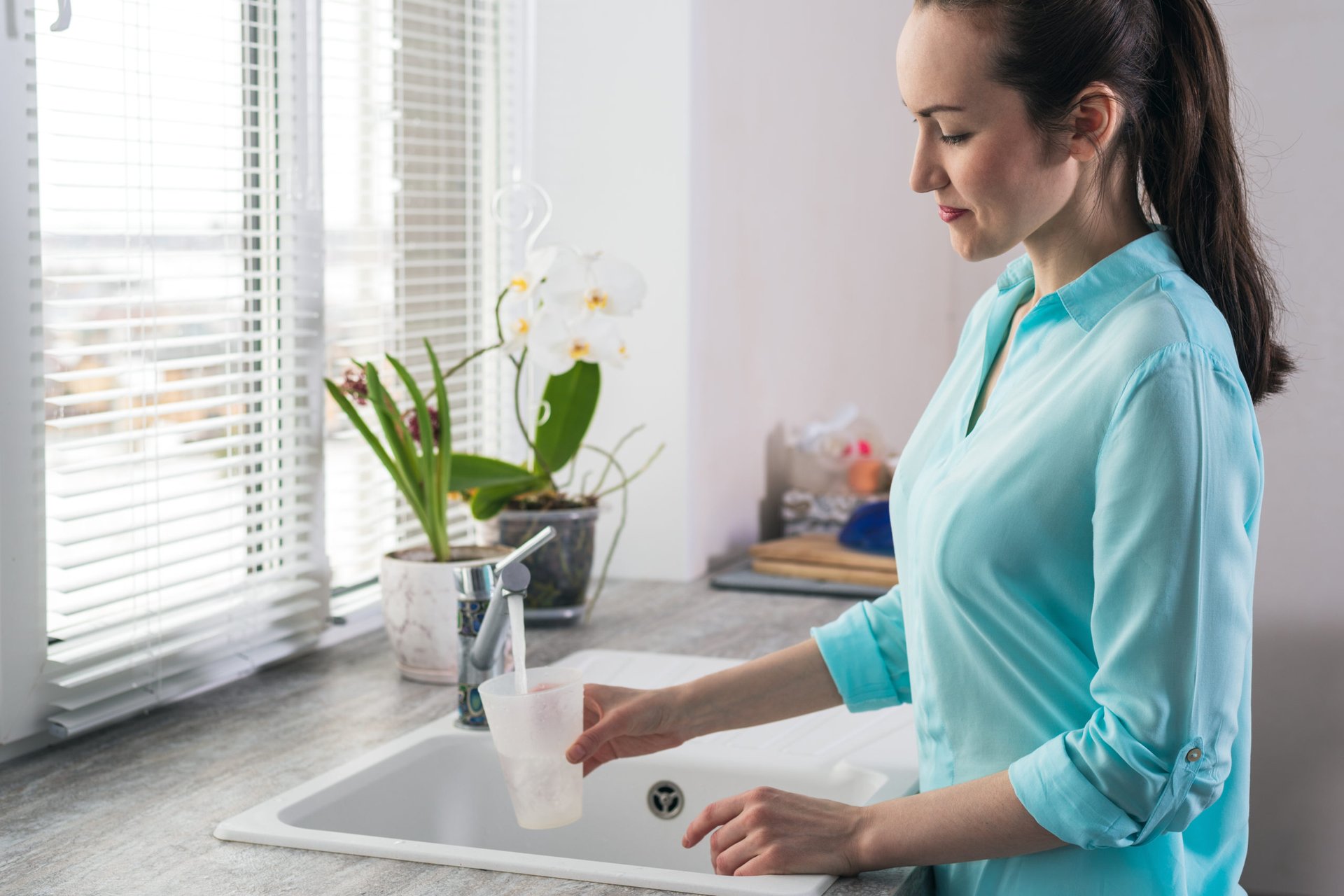
Everything you use has a shelf life. At home, it’s easy to overlook stuff that needs to be replaced. But smart households try to stay on top of these tasks.
Whether you’re forgetful or are just trying to save money, there can be consequences for using outdated or worn-out parts and products — including accidents and illness. And, if you plan to replace these items, you’re more likely to shop for a good deal than if you buy them in an emergency.
What follows are several things you should consider replacing right away.
1. Your toothbrush
Generally, replace toothbrushes every three to four months, advises the American Dental Association. Replace them more frequently if the bristles look frayed or worn.
Replace it: Buy a new toothbrush.
2. Your pillow
Pillows help you sleep comfortably by supporting your head and neck. A worn-out pillow no longer gives that support, potentially affecting your sleep and even your health.
Many doctors say you should replace pillows every two years, according to SleepFoundation.org.
Meanwhile, keep pillows clean. For detailed instructions, see “How to Clean 16 Awkward Household Items.”
Replace it: Shop for bed pillows.
3. Heating and air conditioning filters
Heating and air-conditioning filters protect you from allergens such as smog, smoke, dust, animal dander and pollen. So, when your HVAC filters don’t function properly, your health could suffer.
Your owner’s manual will tell you when to buy a replacement.
Replace it: Find air conditioner or furnace filters.
4. Worn-out tires
Don’t delay replacing your vehicle’s worn-out tires. Driving on bald tires to save money doesn’t pay off if it causes an accident.
You not only could face large medical bills, but also, if you’re at fault for causing an accident, you could be held financially liable.
Replace it: Warehouse clubs like Costco are a good bet for new tires.
5. Worn-out athletic shoes
Sneakers weren’t meant to last forever. As they wear down, the cushioning and support they provide diminishes, which could put you at higher risk of injury when you run or walk for exercise.
Ayne Furman, a podiatrist, writes for the American Academy of Podiatric Sports Medicine (AAPSM) that one situation in which shoes should be replaced is when the outer sole has worn through to the midsole.
Furman explains:
“The midsole is intended to be shock absorbing and in some shoes serves to control excessive foot motion. After certain amount of repetitive load is placed on the midsole it will compress, not rebound and absorb shock or control the foot as well as it did when new. In some cases, the midsole can deform and compress unevenly, which can create an alignment change of the foot. This can lead to over-use type injuries.”
In general, though, how often you should replace your sneakers depends on how often you use them, how old they are and what signs of wear they have, according to the AAPSM. The academy explains more and offers photos on its website.
Replace it: Consider buying women’s or men’s sneakers online. You can access an amazing array of shoes for sports and leisure.
6. Kitchen sponges
Kitchen sponges especially are breeding grounds for bacteria, a 2017 study in Scientific Reports revealed. The researchers suggested replacing sponges weekly.
If you can’t bear the thought of throwing them away that often, clean your sponges in the washing machine — on the hottest setting — with powder detergent and bleach, a study co-author told The New York Times. Then use them somewhere “that is less hygiene-sensitive, like the bathroom” and get a new one for the kitchen.
Don’t bother cleaning sponges in the microwave. The study found that this method actually can enable the worst bacteria in sponges to proliferate.
Replace it: Buy kitchen sponges.
7. Toilet brushes
Perhaps the most disagreeable job around the house is cleaning toilets.
When someone has an illness, that can make the task even more unpleasant but necessary. For example, a toilet brush used after someone in your household has had a gastrointestinal illness should be tossed it out immediately and replaced, biology professor Elizabeth Scott, co-director of Simmons University’s Center for Hygiene and Health in Home and Community, tells NBC News Digital’s site Better.
Buy a spare brush or two so you can switch them out quickly.
Replace it: Buy toilet bowl brushes.
8. Water filters
Water filters in refrigerators, faucets and home filtration systems should be replaced regularly. Check the product manuals to learn when and how to change them.
Water filters have varying life spans. For example, Consumer Reports says refrigerator filters often need to be replaced twice yearly.
Replace it: Find the water filter you need.
Disclosure: The information you read here is always objective. However, we sometimes receive compensation when you click links within our stories.



